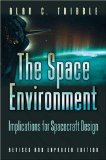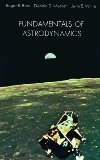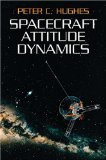Wikipedia dicit:
The Kepler space telescope is a retired space telescope launched by NASA to discover Earth-size planets orbiting other stars. Named after astronomer Johannes Kepler, the spacecraft was launched on March 7, 2009, into an Earth-trailing heliocentric orbit. The principal investigator was William J. Borucki. After nine years of operation, the telescope’s reaction control system fuel was depleted, and NASA announced its retirement on October 30, 2018.
Designed to survey a portion of Earth’s region of the Milky Way to discover Earth-size exoplanets in or near habitable zones and estimate how many of the billions of stars in the Milky Way have such planets, Kepler’s sole scientific instrument is a photometer that continually monitored the brightness of approximately 150,000 main sequence stars in a fixed field of view. These data are transmitted to Earth, then analyzed to detect periodic dimming caused by exoplanets that cross in front of their host star. Only planets whose orbits are seen edge-on from Earth can be detected. During its over nine and a half years of service, Kepler observed 530,506 stars and detected 2,662 planets.
Video Credit: Ethan Kruse/NASA Goddard









 Subscribe to blog posts using RSS
Subscribe to blog posts using RSS










